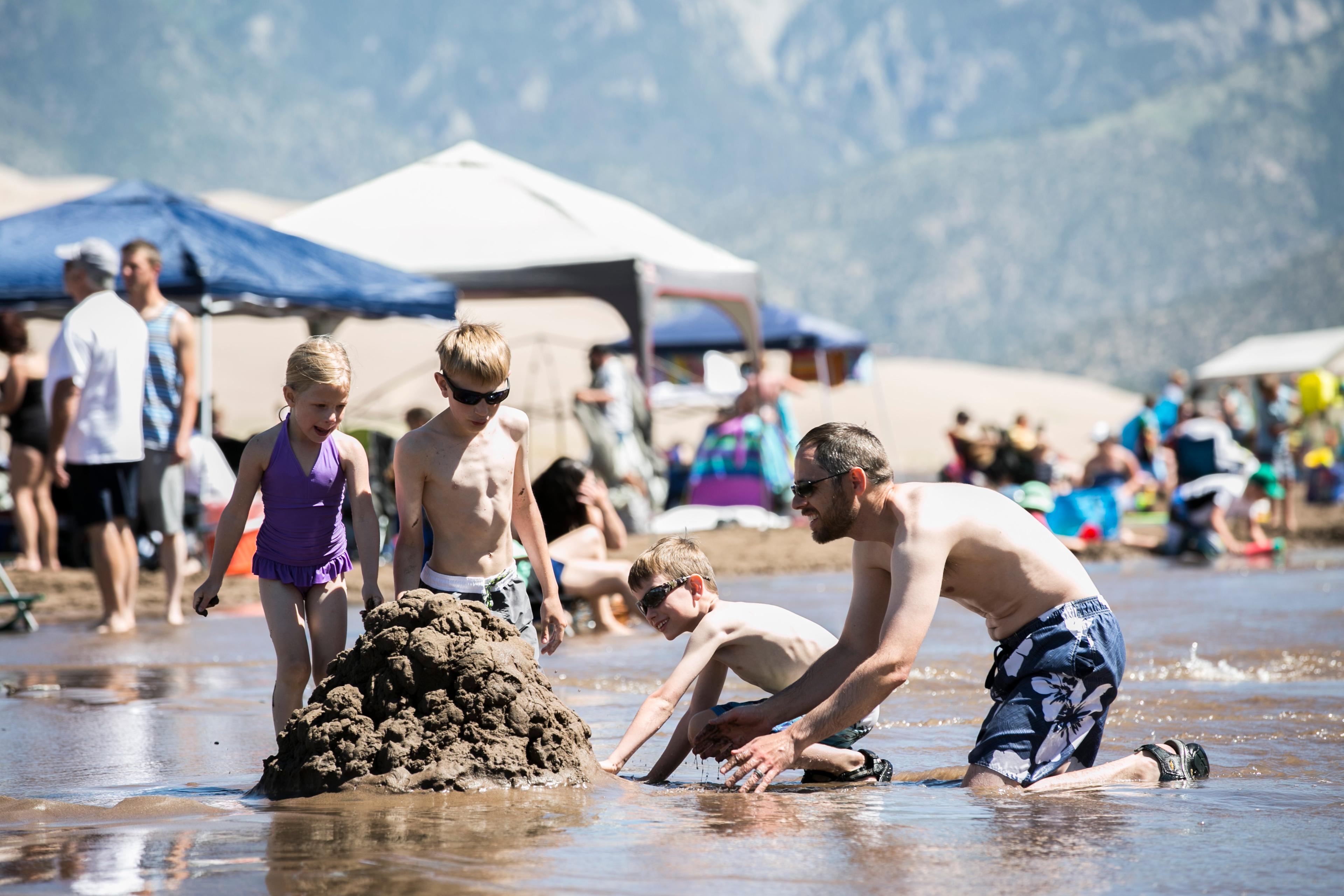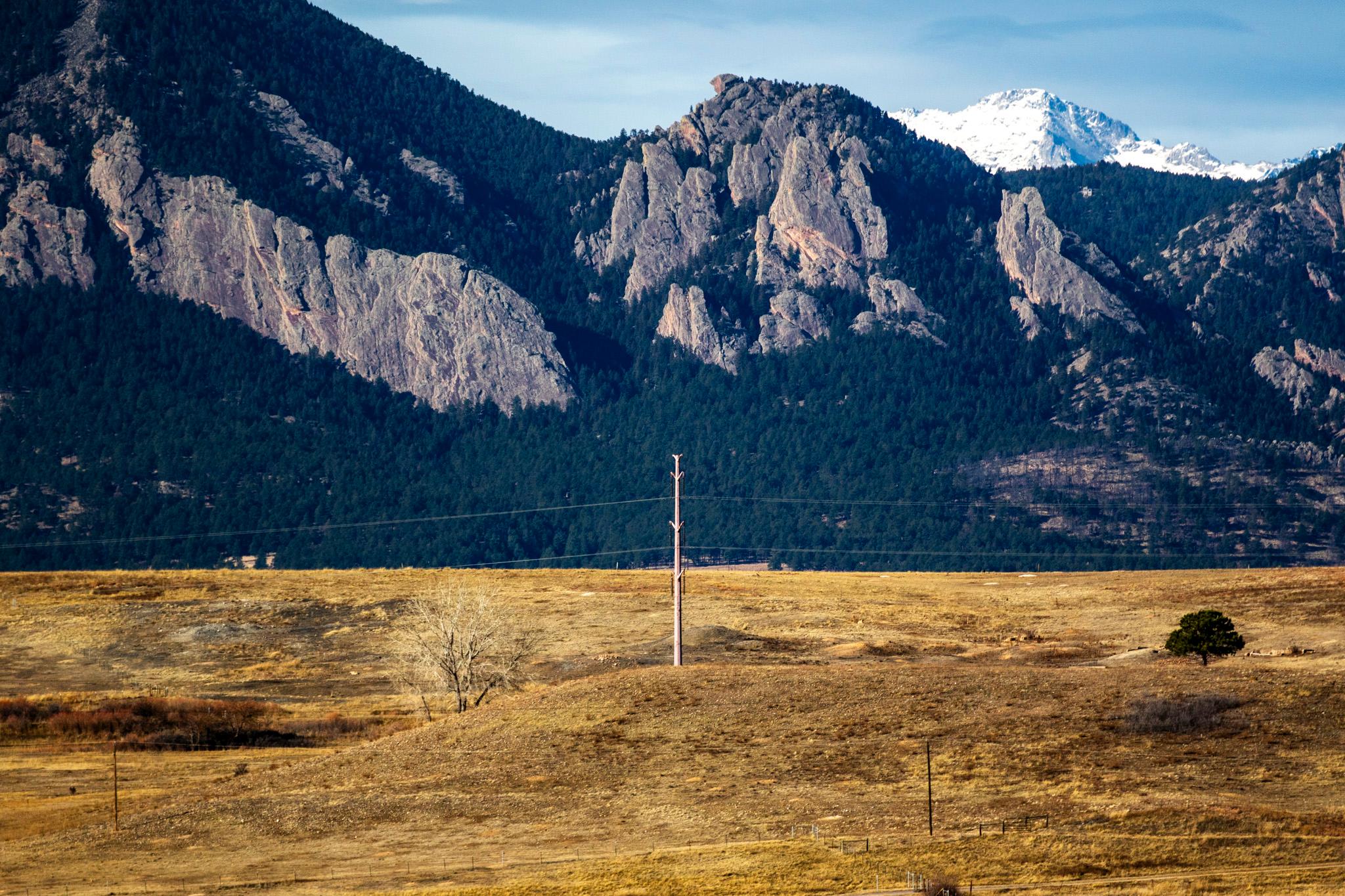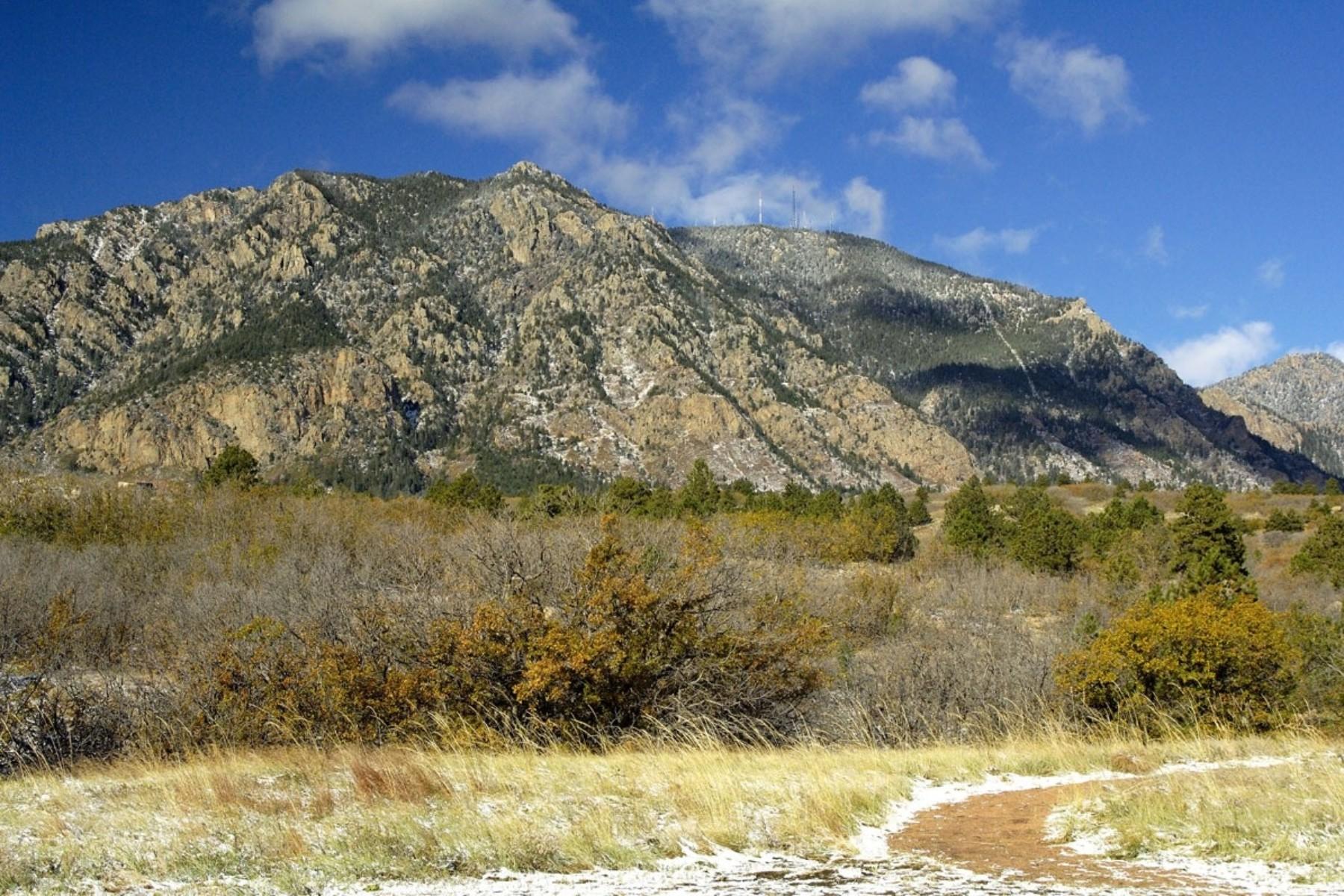
Colorado’s only natural beach is drying up for the season. Medano Creek in Great Sand Dunes National Park runs through the sand during spring runoff, but now the creek bed is mostly dry at the Dunes parking lot.
That said, a heavy thunderstorm may still bring some water down into the main area, park ranger Patrick Myers said.
The creek typically reaches the parking lot in mid-April and dries up by July 4. This year was about average for total Medano Creek runoff, according to Myers.
Once the creek has dried in the main area, Myers said mosquitoes thrive in the warm, shallow, and stagnant pools of water left behind.
“It can be a pretty intense mosquito season, but the nice thing is it's pretty short. It lasts about four to six weeks,” Myers said.
Folks with four wheel drive vehicles can drive up to the Castle Creek picnic area, where one to two inches of water flows consistently through the summer. The area is also accessible by foot.
This spring was fairly cool in the park, which meant a slow and consistent runoff, Myers said.. When spring temperatures are warmer or there is more precipitation through the winter, the creek flows at a higher rate.
During these high-flow periods, Medano Creek can exhibit very rare creek behavior.
“As the water is flowing across the sand it builds up sand ridges called anti-dunes,” Myers said. “It starts to pile up sand along each ridge until it builds up enough pressure and then it breaks about every 20 seconds, sending down a wave.”
This surge flow phenomena requires a steep grade to get sufficient velocity and enough water flowing off the mountains. Typically this only happens when a mountain creek flows onto an ocean beach, but it also happens on Medano Creek.
There are other beaches in Colorado, but they are all man-made and built along lakes and reservoirs. Myers said only on Medano Creek, does water and sand meet without human intervention.









